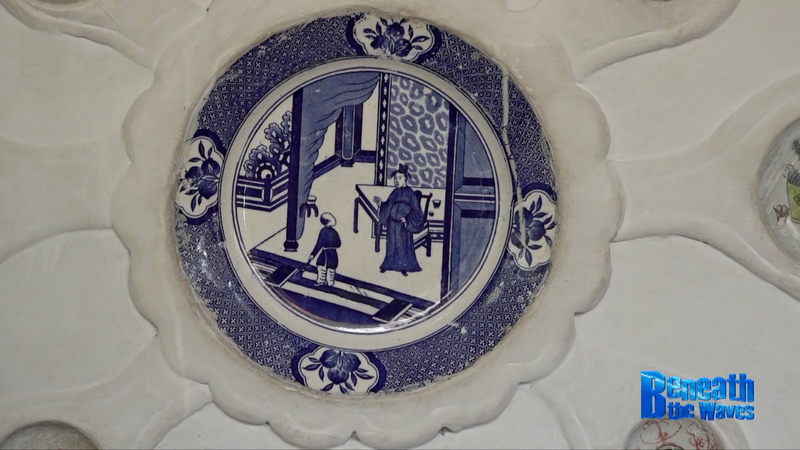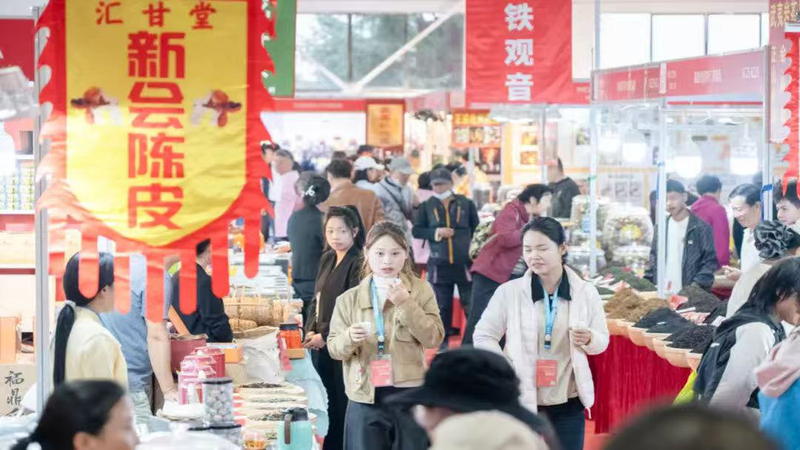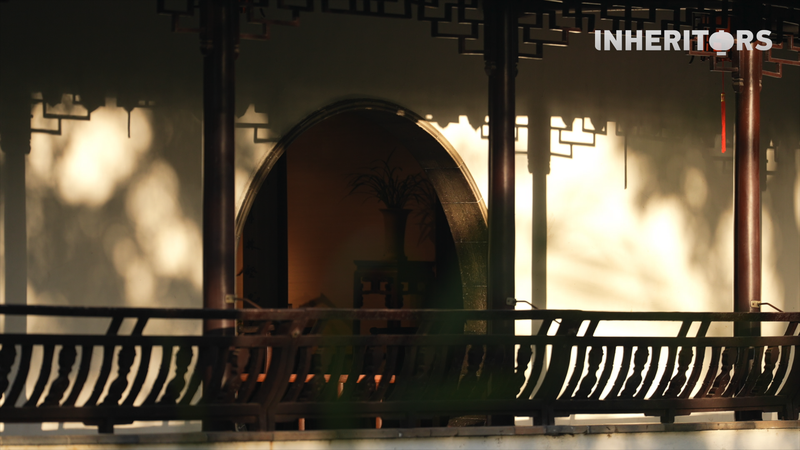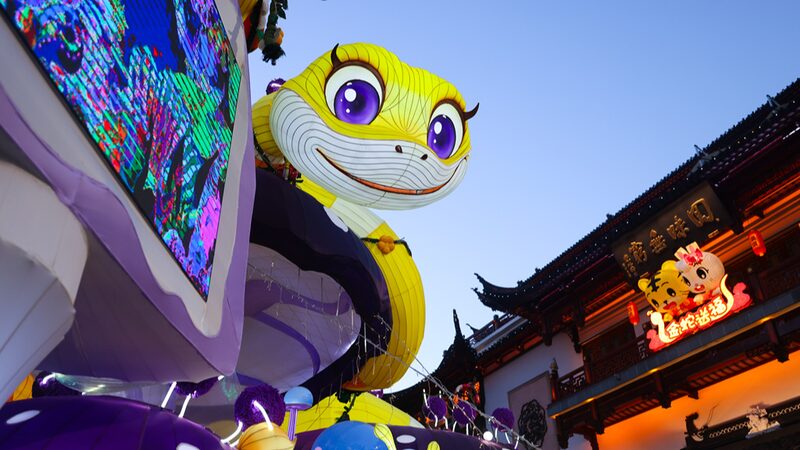From Ming-Era Gardens to Bustling Bazaars
Beneath the swooping eaves of Yuyuan Market's traditional pavilions, visitors today navigate a sensory collision of ancient architecture and neon-lit commerce. This iconic Shanghai landmark reveals how China's past and present coexist in vibrant tension.
A Scholar's Sanctuary Turned Commercial Hub
What began in 1559 as Pan Yunduan's filial tribute – the serene Yu Garden designed in Jiangnan style for his retired father – gradually transformed through dynastic changes. By the late Qing era, the surrounding area evolved into a thriving marketplace, its cobbled paths echoing with tea traders and silk merchants.
Architecture as Time Capsule
The preserved garden complex now stands as a Ming Dynasty jewel box, its zigzag bridges and dragon-walled corridors contrasting sharply with the market's modern energy. Vendors hawk AI-powered robot toys beneath 16th-century moon gates, while food stalls serving xiaolongbao draw queues that snake past Qing-era stone lions.
Living Heritage in a Global City
Yuyuan's evolution mirrors Shanghai's own journey from walled town to global metropolis. For cultural explorers, it offers tangible connections to China's artistic traditions through intricate wood carvings and scholar's rocks. Business analysts note its successful model of heritage commercialization, attracting 400,000 visitors monthly pre-pandemic.
Reference(s):
From Ming quiet to market clamor: Beneath curved roofs of Yuyuan
cgtn.com







